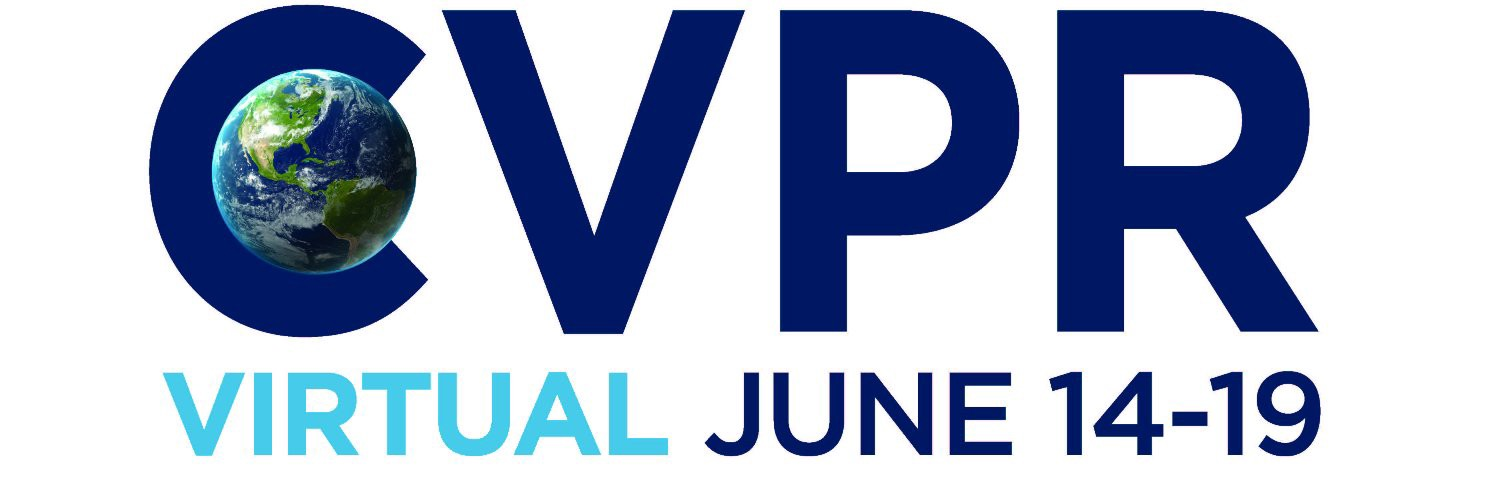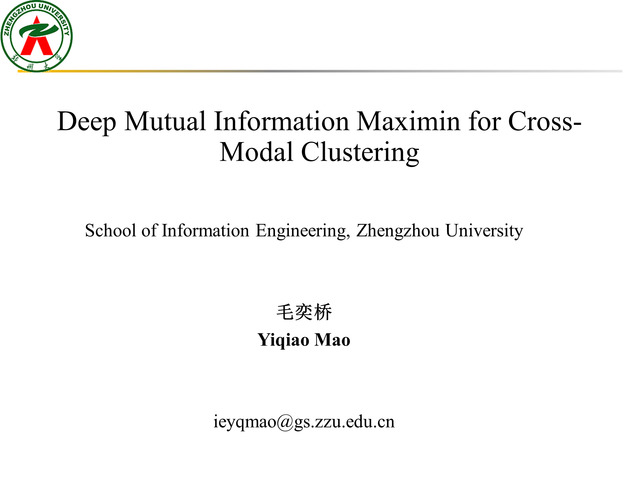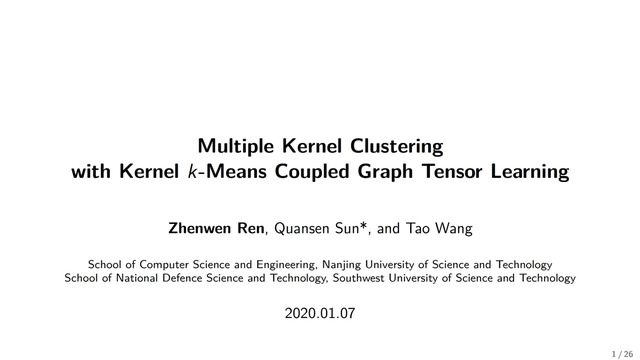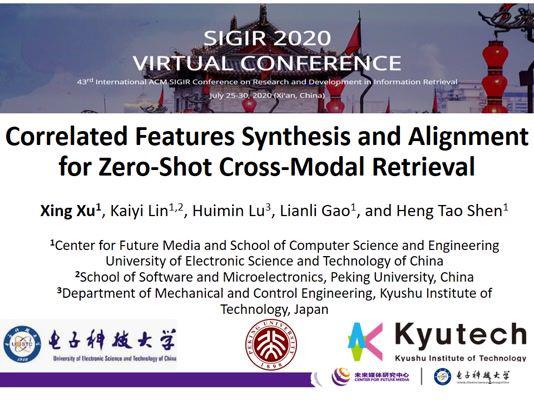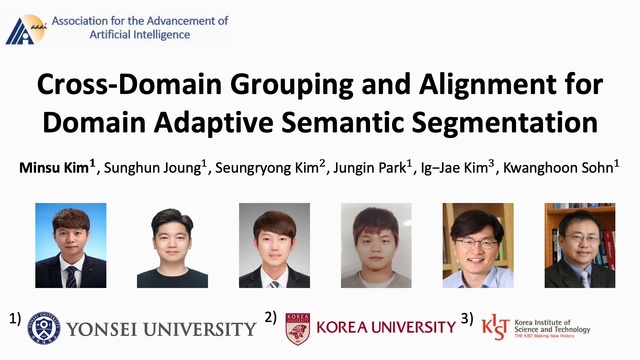Abstract:
Classical subspace clustering methods often assume that the raw form data lie in a union of the low-dimension linear subspace. This assumption is too strict in practice, which largely limits the generalization of subspace clustering. To tackle this issue, deep subspace clustering (DSC) networks based on deep autoencoder (DAE) have been proposed, which non-linearly map the raw form data into a latent space well-adapted to subspace clustering. However, existing DSC models ignore the important multi-scale information embedded in DAE, thus abandon the much more useful deep features, leading their suboptimal clustering results. In this paper, we propose the Multi-Scale Fusion Subspace Clustering Using Similarity Constraint (SC-MSFSC) network, which learns a more discriminative self-expression coefficient matrix by a novel multi-scale fusion module. More importantly, it introduces a similarity constraint module to guide the fused self-expression coefficient matrix in training. Specifically, the multi-scale fusion module is framed to generate the self-expression coefficient matrix of each convolutional layer in DAE and then fuses them with the convolutional kernel. In addition, the similarity constraint module is to supervise the fused self-expression coefficient matrix by the designed similarity matrix. Extensive experimental results on four benchmark datasets demonstrate the superiority of our new model against state-of-the-art methods.

